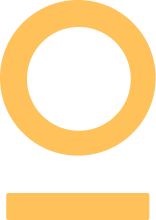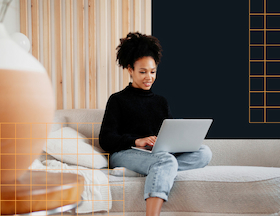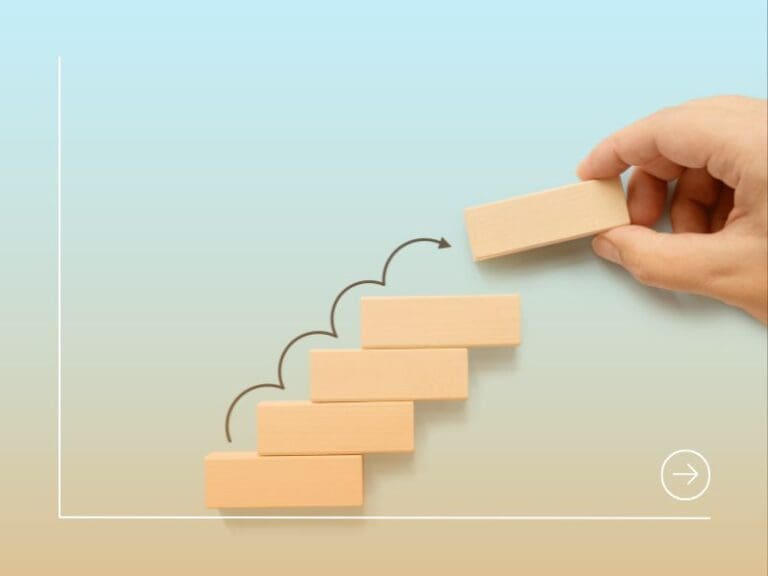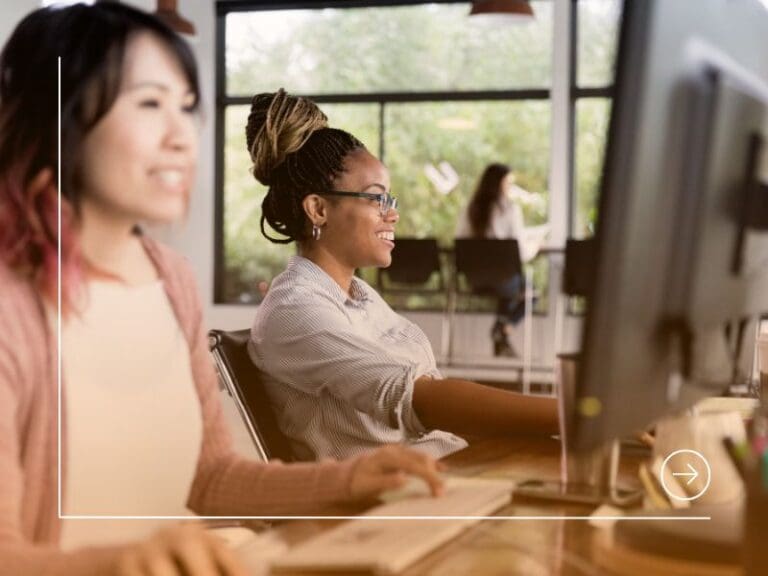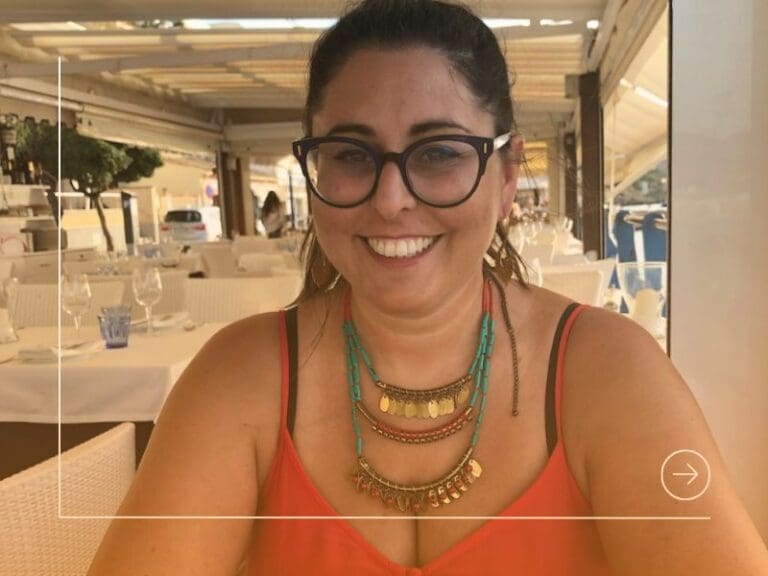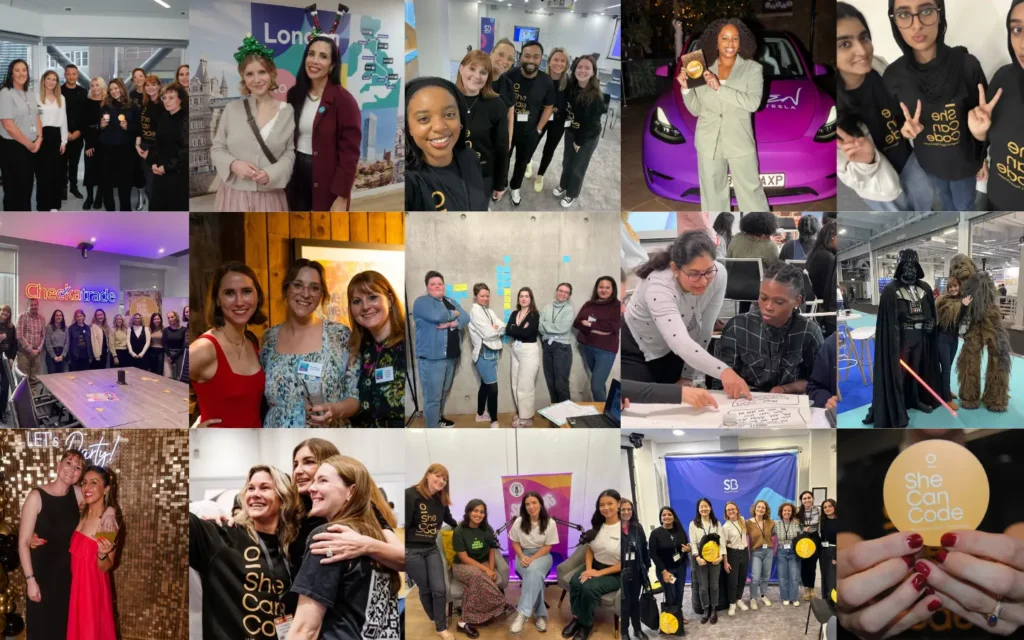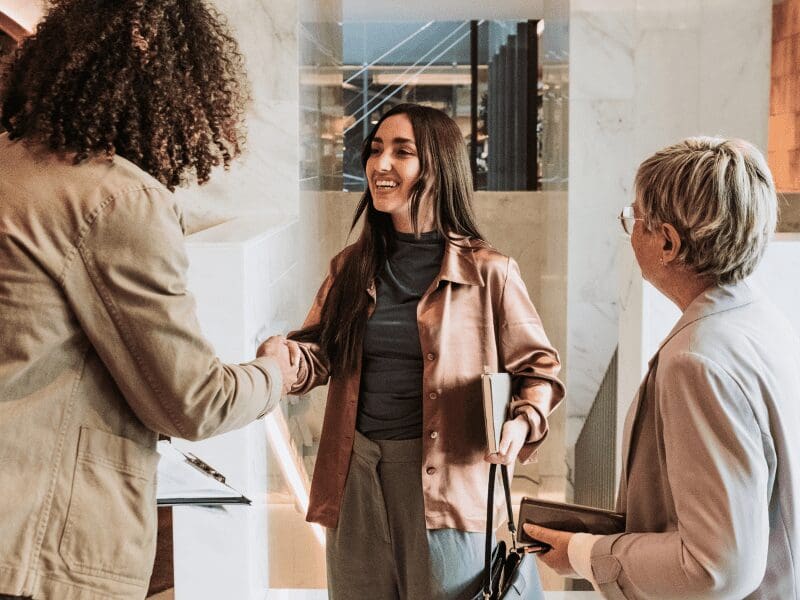hello everyone and thank you for joining
us again I am Katie Bateman the content
director at chican code and today we are
going to be discussing ux design now for
those who don’t know a ux designer or
user experience designer focuses on the
end experience for digital users sounds
simple but we know it’s not so I’ve got
the highly experienced Rachel Armstrong
with me today who is the design studio
partner for globurn in the UK and she’s
going to help explain what ux design
actually entails welcome Rachel hi thank
you very much it’s great to be here
thank you for joining us can you um
start off by telling us a bit about
yourself and your background please yeah
um well unfortunately it’s been quite a
um so I first um got into kind of design
um there wasn’t so much digital design
at University so I went and did
industrial design and studied that which
actually was a great Foundation because
it really does kind of laterally go
across all the different aspects of the
design process in a physical way which
is transferable to digital
um I got my first job at Nestle and I
used to work in the states so I lived
out there for a couple of years which
um first job in America who can say no
um and I basically designed packaging uh
which was amazing you know it was really
um I was there for a couple of years I
then transferred to Switzerland so
completely different culture uh
different environment and stayed there
for a number of years as well
um and then I decided that I wanted to
go kind of consultancy world rather than
corporate so I moved to a consultancy in
Bristol lots of medical research
um different medical products and things
it was it was it was a really different
uh kind of remit to kind of Designing
packaging or you know essentially
rubbish at the end of the day and then I
so I was there for a number of years and
then decided to get more into kind of
technology so I moved to Samsung
um and I was in Samsung for about five
years and really looked at all the
digital aspects of usability in ux
across mobile phones all the way through
to domestic appliances and then I moved
to globurn where I am now
um and it’s an amazing company we’re
we’re pretty big and really combining
kind of not just technology but really
design and Innovation to transform
um products and services for our clients
so work with all different verticals and
have been there for gosh it’s coming
until about six years now
um so yeah I’ve been there a long time
yeah oh well quite a story you’ve been
around the world by the sounds of it so
and you moved um into technology
obviously I suppose there’s something
about it was it was it Samsung or had
you heard from somebody else you know
it’s uh yeah it was quite an interesting
um you know thinking back it was really
instead of the actual physical products
being the differentiator so you know if
you just just take phones for example
you know many years ago it was the
actual actual kind of physical plane
that you know was different so lots of
people had different types of phones and
it was all about the look and feel of
the of the object and at that time
um you know iPhone and Apple was just
um you know with their new iPhones and
really there was a huge change in
digital where you know your own
personality was on the same physical
product so it was about the interface
and that’s really what kind of got me
into going to Samsung it was a real big
change and now it was about you know
your personality being through you know
software through the apps you use
through the websites you go to through
um so it was less about the kind of
physical aspects of design and really
about the digital which actually lends
itself to technology and that was one of
the biggest reasons why I decided to
yeah that may that makes sense I was
trying to think that how you went from
you know you know Packaging
I’ve been around it’s it’s you know for
sure yeah yeah a very interesting story
so let’s um discuss a little bit about
ux design today we have lots of ladies
in our community that are very curious
um so can you explain what is ux and why
is it important so ux design is
um firstly I’m extremely passionate
um you know whether it’s you or your
family or your friends or anybody that
you see in the Stream everybody has an
experience with a service or a product
so ux design is really about ensuring
that all of those touch points and
interactions that you have with anything
is you know optimal and really it’s
about designing that so it’s designing
the experience that you have whether
it’s you know going to open a bank
um you know your your bank balance on
um to going on to Netflix and choosing
what movie to watch tonight
um to doing your online shopping
anything that you do in life is around a
user journey and really what we do is we
actually ensure that we design that so
it’s it’s it’s also really emotive as
well right everything that you buy and
everything you interact with is really
emotive so it’s not just just designing
the best route to do something it’s also
creating that experience so you want to
go back and you want to reuse that again
and use it in your daily life so you
know it’s it’s really important and it’s
also important to make sure that
everybody can use things as well so you
know designing for everyone’s kind of
from everyone’s perspective and
everyone’s needs it’s a really important
kind of factor in anything that you kind
of come into into touch with in your
daily life yes and as you mentioned
um that that feeling of whether or not
you go back and use something again and
the frustration when something doesn’t
work or you know absolutely yeah you
just cannot figure it out and you’re
thinking is it just me and as you say
you know you just won’t go back and and
businesses lose customers as a you know
something that’s been designed um
incredibly badly absolutely yeah and for
the ladies wondering about a career in
ux and how how do you get into ux I mean
your your career Journey was quite
um I mean there’s lots of different ways
um there’s you know obviously you can go
through the natural path of going to
University and doing um you know
specific uh courses and and degrees in
um but there’s lots and lots of like
um things that you can do as well
um really we have you know within I have
a really big team and within my team
there’s people from all walks of life
um you don’t necessarily have had to go
through you know a very rigorous uh
career path in order to to come to ux
um you know some of my team one of them
was in a band for example
um traveling the world for
um you know a number of years and then
he decided that you know he wanted to
get into design and you know there’s
lots of Academy programs as well that
you can join and kind of learn through
and then and then kind of you know stay
and stay within that company so
passion I suppose to making a difference
and also having some kind of Creative
Flair you know um there’s there’s lots
of different aspects of roles to ux
design as well you know you go all the
way from being a strategist so really
understanding you know what’s the
proposition what is the service what is
the product that we’re helping to create
and helping clients to to come to the
um you know you you think that will
clients know exactly what it is that
they want to build in terms of a digital
product or how to transform but actually
you know you need to go in and challenge
that and understand the real reason and
the rationale behind why we’re actually
creating a digital product
um so strategy is really important you
have design strategists we have design
um understanding the customer is key
throughout the entire ux process at
every point you need to be
customer-centric so you need to
understand what customers you know are
going how they’re going to interact with
um how they’re going to you know what
they’re feeling about it so ensuring
that research is there throughout the
process is really key so ux research
you’ve got a different type of person
which is you know a UI so really kind of
detailed looking at the interfaces
um you know all the finite detail of the
buttons and the different menu Styles
and and how you interact with it that
way and the real usability around it
you’ve got service designers that look
at the whole Service uh you know
um from end to end and make sure that
all of the touch points are kind of are
seamless throughout the experience
um and then you’ve got visual designers
as well so they’re really looking at the
you know the core look and feel you know
make making sure that the brand is
echoed through the interface that’s been
created making sure that it’s you know
attractive you know attractive to all
um and so you know there’s lots and lots
of aspects to it so depending on kind of
you know the type of person you are
um you know you can get into ux a number
to be honest you just named so many
is that is that something that you hear
a lot that people they have that
stereotypical view if I’ve if I’m in ux
I have to be a designer and that is it
you know there’s no other role for it
you know there’s the process for you
know the process for ux does include all
of those roles and I think that you know
especially in consultancy when you’re in
a design team when you join a ux team
um like at globens if you’re going to
work in one you you get assigned in a
pod we call it and essentially that’s um
a combination of all the different roles
I’ve just described and so you work hand
in hand with those different people
throughout the entirety of the project
um you get uh you know if you have a
specialism for example in ux research
um it’s really important that you
understand the whole process
um and all the different roles and and
what all the roles and responsibilities
to get to the end products and and and
um you have to be a lateral thinker you
need to understand the whole process in
um so what’s really nice about ux is
that you’re not kind of pigeonholed into
you know just doing one thing you get to
work with lots of people people with
lots of different skill sets all going
to the same kind of ending the same
solution and you can learn a lot along
the way and you can also kind of you
know dabble in the different parts of ux
as well you know I have some of my team
who you know on one project they’ll be
more focused on you extra search but in
another project they’ll be more focused
on you know this service design aspect
of it so you can be quite flexible as
well yeah yeah and you mentioned as well
um you touched upon the process and can
you tell us a little bit about the
process and the methodology in carrying
out projects you know can you can you
um an idea of what a project would look
like yeah so um client briefs come in um
at different stages across you know a
project and they come at different scale
right so you could have a small project
which is to you know iterate something
that’s already existing maybe they
aren’t attracting enough customers so
they need to kind of reskin a website
um or it might be that they have a new
product or service that they want to
integrate into it so that would be like
more of a smaller project and then
you’ve got bigger projects as well where
you know companies come to us with you
know an idea and a proposition of what
they want to create so we help them
formulize what that proposition is and
test it with customers make sure it’s
something that they actually want in
their lives and then go through
um you know a full process to actually
work with developers as well so you know
design and development working hand in
hand to actually launch that mvp that
minimal viable product at the end so you
know we have a huge kind of scale of
um typically they always start
um with a discovery process so what this
means is really to understand the
um that is key you know what whereas
where’s the customer at we tend to
create what we call an as is and a 2B
Journey so the as is the landscape
um of where the customer is now where
the pain points are and what the
interactions are across that Journey
what’s working well what’s working not
where are the gaps and we look at all of
those customer Journeys and then we do
the 2B which is the kind of aspirational
view you know where to where do we want
this product or the service to go and
what could it look like in the future
how can we make maintain that there’s
repeat business from those customers and
interest to come back to you know that
um so we create the as is and the 2B
that gives us a really good starting
point to understand you know what’s the
what’s the North Star where do we need
um so once we’ve done a huge Discovery
piece and this is also understanding our
um you know this can be three personas
um or segmentations as well so they’re
very different tools of how you can look
at who your customer base is
um so once we’ve understood the customer
we understand the landscape we can then
um you know this can also be through
ideation so we do a lot of kind of
co-creation both with customers but also
with the client as well to get them
engaged because we’re not just designing
um we’re not just designing for
customers and end users who also have
that business right so we need to
understand that we can optimize and
create efficiency with the digital
um solution that we’re creating for the
business so we need to kind of have that
um so we do lots of ideation lots of
co-creation and you know we work in
Sprint Cycles so um they could be
usually about two weeks every Sprint
cycle where we’ll look at a separate
feature or a functionality of that
website and we’ll design it and we’ll
test it with customers we’ll learn from
that testing and then we’ll iterate the
design again and then keep doing that
like kind of circular test and learn
iterate Nation until we’ve got something
um you know customers really really like
and they find useful and the business
loves and then that will end up being
the MVP which is the um the the point
where we can go to launch in Alpha and
um and then you know that test alone
doesn’t end but essentially that is the
kind of I suppose upfront process of ux
a role where you know you you must work
with so many people across so many teams
it doesn’t strike me as the type of role
where you you know you work from home
and you don’t talk to anybody and you do
your little part of a project and that’s
it and you send it back it sounds like
you’re you know if you’re on your team
you’re very creative you collaborate
um I mean I’m sold it sounds like a
really fun project to work on so to be
yeah it is and but you know we’ve gone
through different times haven’t we
through the pandemic and everything so
you know hybrid working is a is a fact
of life now and yes it is very
collaborative and we do work in um teams
um you know work together on every part
um however bits can work from home you
know there’s a lot of tools um out there
and also you need to think you know our
clients are also working remotely as
well these days so actually to get
everybody in the same room to idea to do
a kickoff or to you know do a review
session on the design that we’ve created
it you know we can do that remotely we
have the tools now to be able to do that
so I would say that it’s very much a
kind of team role um and and team job
um but it can be done kind of hybrid as
well it’s not it’s not going back to
nine to five I mean honestly there’s a
few things that you know are more
amazing and more fun when you’re in
person you know so lots of the working
sessions and workshops and things that
happen it’s always fun to do it in in
person and also opens up to new tools as
well like you know one of my favorites
um where you basically come up with um
ideas and solutions or pain points for
something when you’re in that design
process but you build it out of Lego
um a lot of people kind of have a
different way of being able to express
visually and actually build something
rather than try and draw it on a Post-It
um try and um you know verbalize it or
write a narrative around what that idea
is sometimes actually building it
physically is is also a way to express
so you know things like that in person
yes I suppose to take note as well of
the different ways that people work
because I’ve been in one of those
meetings where it’s ideation it’s
supposed to be really good fun but I’m
one of those that is standing there and
thinking I’m just trying to think of a
word to write on this Post-It note so
I’ve got something to stick on the wall
and I’m not actually moving forward in
my mind I’m just thinking I can’t be the
only one that hasn’t got a word to put
on the wall you know but it doesn’t
actually help the projects because
that’s just not the way that I work
um but it you know it suits sort of a
couple of other people in the room but I
think Lego you know would have yeah
yeah and we use it with clients a lot as
well and they always love it you know um
getting um you know the c-suites of a
you know wealth management Banks to
build out what they think that their
um in a digital sense for transformation
for the future is always a good one
and you mentioned tools there are there
any other tools that are useful in the
process obviously you mentioned ideation
tools there yeah um I think you know I
mentioned um you know creating user
Journey so not all tools need to be
software either right so you’ve got
tools like um user Journey mapping which
is you know completely critical
um looking at which actually looks at
each Journey each interaction and Stage
by stage of what the customer is
actually doing so you know that tool is
one that we use all the time
um empathy mapping it’s really important
not to design because you’re just a
designer and you’re designing for
um we have to think of our customers we
have to think what are they thinking
what are they feeling when they’re
interacting when they’re using this
website when they’re going into that app
when they need to do something or buy
um you know or even just you know for
entertainment purposes where they’re you
know we work in gaming as well you know
how do they how do they go
um into sign up for this game or
whatever so you know empathy mapping is
really interesting what are people
thinking and feeling at that point in
um lots of prototyping we use um like
figma and sketch they’re really great
wireframing and interface tools they’re
really collaborative as well and they
also have a really good component
Library so a lot of the time you don’t
have to start from scratch there’s lots
of like templates and things that you
can you can use whilst um designing an
um we talked about remote mirror or
mural brilliant tools for doing ideation
remotely with lots of different people
you can really imitate a physical
ideation room with Post-it notes and put
visuals on there and you can prep all
your boards and everything I basically
use that every day for everything even
if I’m having a meeting and want to help
customers prioritize things or
um you know clients to formulate their
um their proposition or their business
objectives you know it’s a really
um what else the Adobe Creative Suite
probably couldn’t live without that for
all the visual as well you know being
able to do all the story I mean
storytelling is a big one um it’s not
just about creating the visual look and
feel of the digital products but also
how you actually tell the story behind
the design and people need to know the
context and the rationale behind why
you’ve designed something and so using
these kind of creative visual tools are
important to do that and you know we’ve
talked about collaboration I think my
favorite’s probably slack we always
create a you know a different project
and slack groups so that we can talk to
each other on a daily basis and pin
things and send things to each other
um whilst we’re kind of remote as well
so they’re they’re kind of my probably
and you mentioned a few um different
projects uh as well there you said that
um what type of projects do you work on
and is there one that you’re most proud
um I’ve worked in probably every single
industry and I think that’s one of the
great things about ux you know you get
to work in retail you get to work in
um we work in banking we work in
um theme parks and entertainment
um and also gaming um you know there’s a
huge amounts of different verticals you
can work on and I’ve pretty much worked
in everything during my career so that’s
really fun because you get to take
learnings from say Banking and then
um and take that into gaming for example
or vice versa so you know there’s lots
you can do there I think one of my
favorite and most meaningful
um projects or or spaces to work in is
um I’ve done a lot of work for transport
for London back in the day and uh more
recently we’ve worked with the
Metropolitan with the Metropolitan
um here in London and we’ve actually
um their their policing so we’ve we’ve
actually created a kind of digital
police force if you like so they came to
us and a lot of the work you know the
day-to-day with the front line officers
are very much paper heavy they’re create
filling out lots of forms having to go
back and fill those in and there’s not
really a platform for the public to also
report crime they have to go into a
police station so over the last number
of years we’ve helped the Met police to
become digital so we’ve created uh
online crime reporting so
anybody can go in and report a crime
um we’ve given them different channels
as well which is really important to be
able to report crime on so you know not
all the time can you as a victim of
crime have you got the ability to get on
the phone and speak to speak to someone
now you can report things on your phone
through Twitter through social platforms
through our forms that we’ve designed
um you know we changed the organization
they now have uh tablets as well so they
use those on a daily basis and we help
to create all of the applications on
there to be able to do their day-to-day
job more effectively so for example even
translation tools so you know if you
look at London where I live for example
you know we’re Multicultural there’s
um you know crime also happens to them
and being able to understand what they
um and how to respond to them is really
important so you know I think that’s one
of the ones that I’m most proud of
because we made a real difference and
you know a personal difference so that’s
yeah that’s and we’ve won amazing Awards
off it as well it was a pleasure and an
um and clients to work with
stiffer for user experience
um you know and if people are already
frustrated and they they need they need
um an outlet where they they can express
um themselves and yeah themselves really
um we’re we’re going to be running out
of time soon it’s flying by what tips
can you give women specifically in
joining the Working World in general and
um so I would uh get involved as much as
you can as I said with all the different
roles and that are available within the
ux uh world if possible and get some
experience in it to really kind of find
out where your passion lies and where
your interests are and what you want to
do going forward we always look for
um people who are kind of consultative
um challenging asking questions is
really important as part to be a you
know good uxer so asking the why uh why
you know five lies why why why why why
and you get to so you know the real
um so I would you know be inquisitive
um have that kind of consultative
presentation skills is key as well
everything that you design you want to
be able to present yourself right you
should have efficacy in your work and be
really proud of it and you have to
explain design to a lot of a lot of
clients a lot of people and they’re not
necessarily specialist in it they are
specialist in their product or their
service but not in the not in the arena
of design so being able to express why
you’ve designed something the way you
have has you know huge importance so
presentation skills and be able to
communicate is is key I would network
you know go to lots of like little
events there’s local ux groups up and
down the country uh you know that serve
a nice loss of wine and you can go and
discuss with everybody about all things
ux and hear speakers and that’s a really
nice way to meet like-minded people who
are trying to enter that world so I
definitely am suggesting that
um get a mentor as well uh I also
um some women in some kind of Charity
groups around getting you know women
into technology and design I think it’s
you know it’s a great thing to do you’ve
got somebody to ask those kind of
awkward questions to you can work
through how to get on the ux ladder if
you like uh there will be people out
there with lots and lots of experience
so take advantage of that and and kind
of you know sign up to get a mentor and
I think that having a really great
portfolio so not just a CV but having a
portfolio of your work and it doesn’t
have to be products that have gone live
or things that you’ve done in a previous
job you can do your own projects as well
I think that uh you know thinking back
to the beginning of my career when you
know I lacked experience of of being in
the workplace I created my own design
projects you know so you can you can
make up your own brief and mainly
employers want to see your thinking
process right so it’s not just about a
portfolio of beautiful shiny nice Brands
and nice applications of what websites
that you’ve designed it’s about how you
got there it’s about your thought
process and what you did to be able to
get to that in the solution and that’s
the thing that will stand you out from
amazing thank you so much Rachel it’s
honestly today the questions that we see
from our community about ux design the
ladies that are listening are going to
um today’s interview invaluable so um
thank you so much for for talking with
us today and um join us it’s been a
pleasure thank you very much and I
encourage all women to do it
um you know it’s it’s really important
when you design something that it is for
everybody and that also includes women
so you know get involved get out there
um and you know and and do it it’s a
it’s a great wall to be in and you know
um who uh you know needs advice or help
you can find me on LinkedIn and we’re
always looking for passionate people to
join the team so get in touch
wonderful thank you so much and to
everybody listening as always thank you
for joining us and we hope to see you

